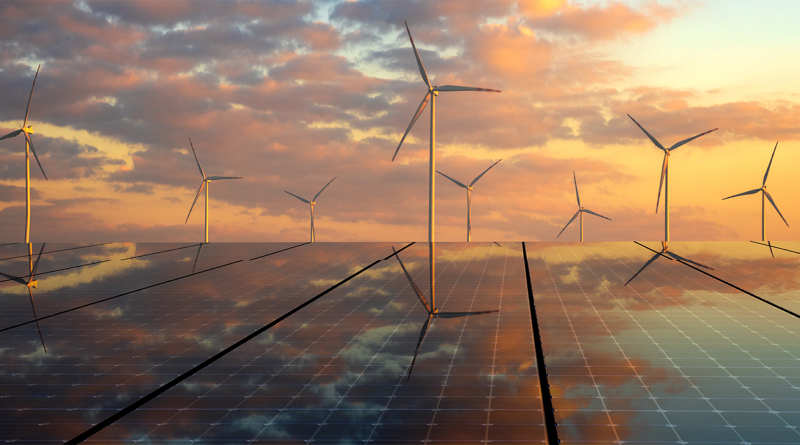China’s $92 Billion Clean Energy Plan for Southeast Asia
As the world grapples with the pressing challenge of climate change, the energy landscape in Southeast Asia is undergoing a critical transformation. The region’s commitment to climate action and the transition to clean energy, as reaffirmed at the 26th ASEAN-China summit, has set the stage for a pivotal moment in its energy future.
To achieve the region’s clean energy goals, securing substantial and sustained investments in renewable energy projects emerges as a crucial factor. However, the current investment levels fall short of what is required to align with the Paris climate objectives, estimated at a staggering $92 billion per year by the International Energy Agency.
Recognizing the limitations of public funding, the region must turn to private investment to drive its energy transition. This is where China, as a leading investor in clean energy and a major economic partner, can play a vital role in mobilizing the necessary resources.
Unlocking the Vast Market Potential
The clean energy market in Southeast Asia presents a significant opportunity for investors and stakeholders. The region’s growing energy demand, driven by factors such as population growth, urbanization, and economic development, has created a pressing need for clean energy solutions.
According to industry estimates, the cumulative investment required for the region’s energy transition by 2030 is projected to reach $1.2 trillion. This vast market potential underscores the importance of mobilizing private investment and fostering innovative approaches to drive the clean energy transformation in Southeast Asia.
The Clean Prosperity Plan: A Innovative Approach
Rather than following the conventional path of capacity building and technical assistance, the current circumstances demand a more innovative and comprehensive approach. We propose the “Clean Prosperity Plan,” a strategic framework that focuses on supporting the rapid deployment of immediately viable renewable energy projects through project-specific policy support and international collaboration.
Harnessing Clean Industrialization Opportunities
One key aspect of this plan is harnessing the opportunities presented by renewable energy projects for clean industrialization. Southeast Asia’s natural advantages in clean equipment manufacturing and critical mineral processing position the region to potentially produce 125-150 GW of solar modules and 140-180 GWh of battery cells by 2030. This endeavor is expected to unlock significant economic growth opportunities within the region, creating a virtuous cycle of success and inspiring more projects.
Complementing Regional Initiatives
Furthermore, the proposed plan seeks to complement major regional initiatives, such as Indonesia’s Just Energy Transition Partnership (JETP), by creating a favorable environment for legitimizing more challenging market and regulatory reforms – a crucial element in establishing a conducive environment for private investment.
By leveraging China’s resources and expertise, coupled with a strategic focus on project-specific support and clean industrialization, we believe Southeast Asia can unlock the full potential of its clean energy transition. This transformative approach will pave the way for a more prosperous and sustainable future, serving as a shining example of international cooperation and innovation in the global fight against climate change.
